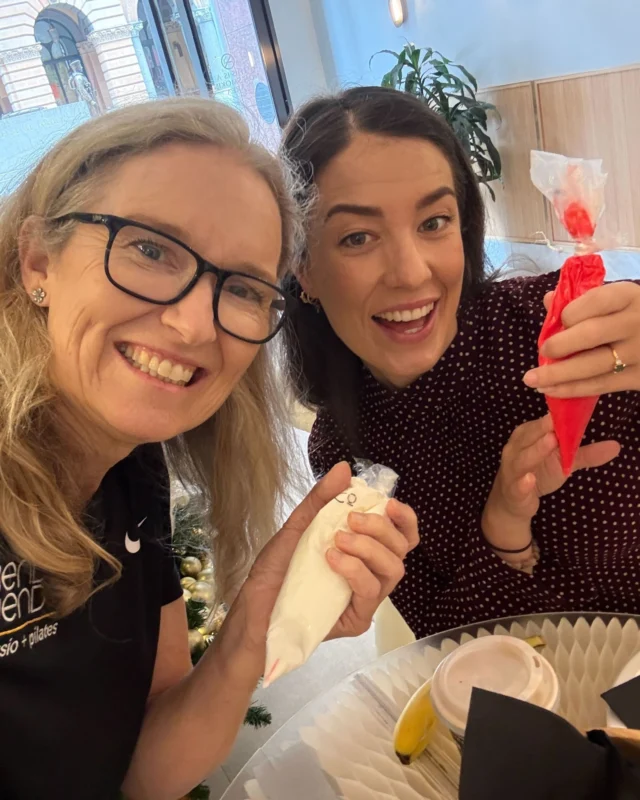 Hip pain is a more common presenting symptom in the younger athlete than the mature adult. Contusions and muscular strains are the most common injuries about the hip and pelvis but what about unexplained, persistent hip pain? There are a number of possible causes of persistent hip pain in the younger athlete.
Hip pain is a more common presenting symptom in the younger athlete than the mature adult. Contusions and muscular strains are the most common injuries about the hip and pelvis but what about unexplained, persistent hip pain? There are a number of possible causes of persistent hip pain in the younger athlete.
Apophysitis
An apophysis is a growth plate that provides a point for a muscle to attach. When the muscle attached to the apophysis is excessively tight or overworked, it can put increased stress and tension on the apophysis, which results in irritation and inflammation. Multiple large musculotendinous units attach around the hip joint and excessive activity can result in a traction apophysitis at one of these sites. This condition most commonly affects adolescents between 14 and 18 years of age and the attachment sites (areas of pain) are displayed alongside, highlighted in green. There may be a dull pain in the groin or the front or side of the hip that worsens with activity. There will be tenderness over the injury site and occasionally swelling. Management involves a reduction in activity and attention to predisposing factors such as muscle tightness.
Perthe’s disease
Perthe’s disease is a disease of the femoral head (see right) that tends to affect children between the ages of 4 and 10 years, more commonly in males. A low grade ache can be felt in the thigh, groin, or knee, and hip motion is generally limited. The femoral head (the ball of the ball and socket joint) is softened and eventually damaged due to inadequate blood supply. Management consists of rest from aggravating activity and range of motion exercises. More severe cases may require bracing or surgery. The condition usually resolves, however the development of early onset osteoarthritis is a concern due to the irregularity of the joint surface.
Slipped capital femoral epiphysis
A slipped capital femoral epiphysis is where the femoral head slips off the femur due to weakness of the growth plate (see picture). It most commonly develops in overweight males between 12 and 15 years, or in periods of accelerated growth. The slip usually occurs as a gradual process, however it can occur suddenly. The most common symptoms are increasing hip or knee pain and an intermittent limp, and the affected leg may appear shorter. Slips can be of considerable concern as they may compromise the blood supply to the femoral head. They generally require orthopaedic assessment.
If your child is experiencing persistent hip pain, a thorough Physiotherapy assessment is advised to enable an appropriate management plan to be formed. Book an appointment today with one of our Physio’s at Bend + Mend in Sydney’s CBD to get your child back on track!





